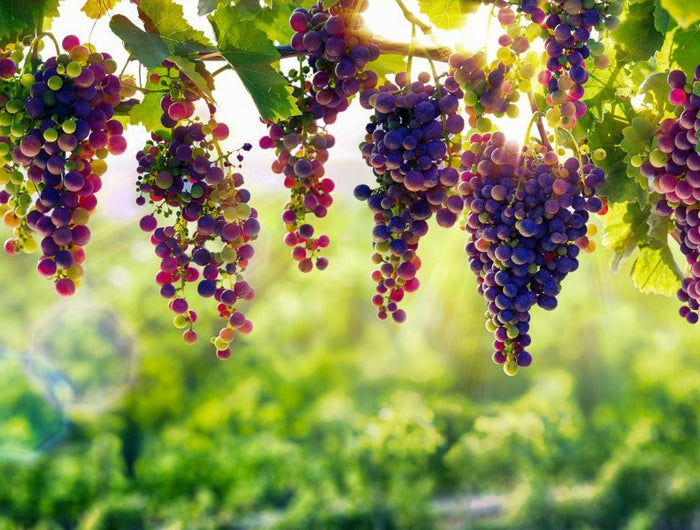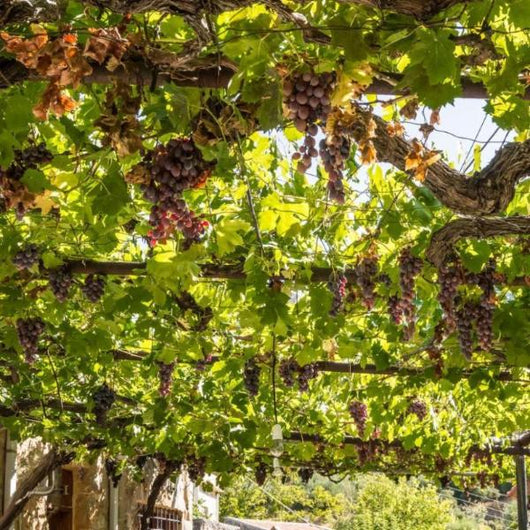

Castañal
The Castañal grape, a native Galician variety, has experienced a recent resurgence thanks to the efforts of passionate winegrowers such as Joaquín "Quín" Álvarez, who has dedicated 50 years to growing vines in the O Rosal sub-zone of Rías Baixas.
Along with Martín Crusat and Dominique Roujou de Boubée, Quín is behind the Teimosia project, which seeks to highlight the unique personality of the red wines of this region.
Historically, Castañal was one of the many varieties of red grapes grown in Galicia. However, with the creation of the Rías Baixas Denomination of Origin in 1988, which focused primarily on the production of Albariño, red grapes lost prominence.
The DO Rías Baixas is known for its Atlantic climate, which provides ideal conditions for growing several grape varieties, including Castañal. This grape, along with others such as Caiño Tinto and Espadeiro, contributes to the diversity of red wines that are gaining recognition both locally and internationally.
Today, Castañal production is concentrated in the Rías Baixas region, especially in the sub-areas of O Rosal and Condado do Tea. The grape is known for its ability to produce fresh, light and complex wines, with balanced acidity and distinctive notes that reflect Galicia's Atlantic terroir. In addition to Galicia, Castañal is also grown in small quantities in other wine regions in northwestern Spain and in some areas of Portugal.
The Teimosía project is an excellent example of how collaboration between winegrowers and winemakers can revitalize forgotten grape varieties, producing exclusive wines that capture the essence of the Galician landscape.
These efforts not only preserve the region's viticultural wealth, but also promote sustainable practices that benefit the environment and the local community.
We want to make sure you enjoy our wines responsibly. Please confirm that you are at least 18 years old to enter Vinnatura. By entering our store, you agree to our Terms of Service .
You are not old enough to visit the store yet.